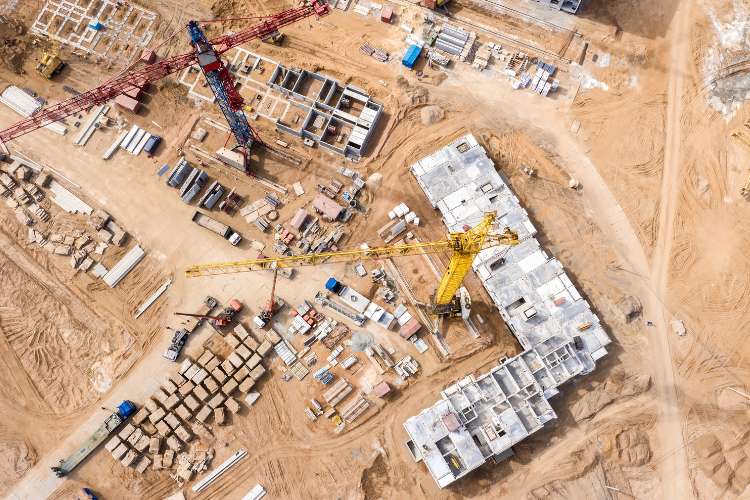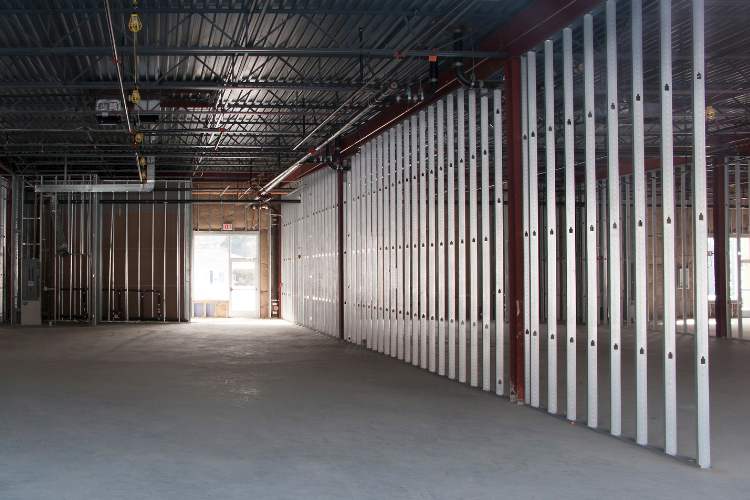By: Larry Bernstein
Creating a construction bid should be simple. Arrive at a number that accommodates your profit margin and business goals. When the project comes in, plug in the numbers, and voila, you have your bid.
If only, right?
Countless factors influence a construction bid. Beyond that, there are different factors a subcontractor can consider as they approach the bidding process. Here, we’ll explore the factors that inform various subcontractor bidding approaches.
Factor #1: How You Tailor the Figures to the GC
Let’s say a project comes up for bid. Multiple GCs bid for the project. As a sub, you want to be part of the GC team that wins the bid, so you send a bid to several of the GCs bidding on the project. To speed up and simplify the process, it seems logical to cut and paste the same figures into each bid. After all, the project and the components and therefore your estimate are the same. However, it’s worthwhile to consider the nuances between the GCs you’re submitting to.
The GC you’ve never worked with:
You may be determined to make this project the one you can finally win with this GC, which creates the potential for a regular client. You could decide to bid on the low end and reduce your margins to get that first contract.
The GC with whom you regularly work:
Why bid low? They frequently choose you and ask you to adjust your numbers if they don’t work for the bid. So, there is nothing to lose by bidding higher to your regular customer. The best way to finesse a bid may seem obvious, but you can’t be sure how GCs will behave. GCs don’t typically share bids with each other, though sometimes they do. If your regular customer learns that you submitted a lower price to someone with whom you never worked, they may be furious and possibly end the relationship.
Although you can’t control GCs sharing bids, you can control your internal process. If you decide to submit different construction bid numbers on a project, you need to be very careful with your processes. Accidentally letting your regular customer know you submitted a lower bid to another GC is a major blunder that must be avoided.
The GC you work with periodically:
If you’ve analyzed and determined the type of projects they select you for (or that they don’t), you can adjust your bid accordingly. Or perhaps there is something beyond the numbers that is common in the bids you won i.e. the type of job, time of year, location etc. You might determine that you should only submit bids to the GC when they meet criteria that have been a recipe for success in the past.
Ultimately there are many reasons to tailor your figures based on the GC. It’s important to keep in mind that doing so can lead to issues. You can be successful by being organized and discreet.
Factor #2: How You Present the Figures
The devil is in the details, as they say. Is the GC interested in the details of your bid, such as how much you’ll pay in labor or the cost you allocate for materials? Or is the decision based only on the bottom line?
Each method, breaking out the figures in detail or showing only a lump sum, has its merits.
Detailed Bids:
Bids that are broken down and include details empower the GC to see exactly how the money will be spent. There are no hidden fees or surprises, and each figure must be within reason. The bid can be judged on the dollar amount for each detail. Such details can also have their drawbacks. With more figures, there are more numbers that can be haggled over and questioned. A GC might want to select your firm because you come in with the low bid. However, your figure for one aspect of the project may be higher than your competitor’s. The GC may see this as an opportunity to negotiate the bid down even further.
Bottom Line Bids:
A bid with only the bottom line makes things straightforward and clear. There are fewer elements to negotiate, which could result in a simple, standard contract. As far as drawbacks, competing on price alone can make GCs less apt to consider experience, skill level, scheduling and relationships, which can make subs stand out.
Factor #3: When You Submit the Bid
Timing and bidding have a fraught relationship. With even smaller subcontractors submitting over 10 bids a week, shipping bids out in a timely manner is tough, especially since deadlines are often rapidfire. Plus, determining which projects to bid can be a time-consuming process. Most subcontractors are just relieved to get their bids in on time.
However, is there an ideal time to submit your bid? Let’s take a look.
Early Submissions:
One might think the earlier the better – after all, the early bird gets the worm. Of course, early in this industry means a day before the bid is due, because bids are usually submitted at the deadline. But early is not necessarily better. GCs who have never given you a project or GCs you rarely work with may use your bid as a starting point. They may shop it around, including to their number one, for the last look and ask their regular subs if they can beat it. In this scenario, there is no reason to rush to put together a bid. Just submit it on time. For a GC with whom you have a regular relationship, submitting early can be helpful but it’s not always necessary.
Later Submissions:
GCs receive multiple submissions from subcontractors and need to sort through them. It can be a time-consuming and monotonous process. The GC reviews the bids while they’re under the gun to get their bid out.
If your bid is one of the later ones the GC receives, there’s a chance it will be top of mind. In the GCs rush to get their own bid together, the fact that your bid is most fresh in their mind could give you a leg up. This presumes your submission is reasonable, you are qualified, and you have a relationship with the GC.
Secondly, putting together a great bid takes time. If your submission is late because you used the extra time to ensure you followed the submission guidelines, clearly explained why your company is most suitable for the project, etc., then later could be better.
Bidding is based on numbers and math, but it’s far from straightforward. It’s a complicated process that requires subs to consider multiple factors, including the relationship you have and the relationship you want with a GC. Well thought out submissions also consider timing, how you present your bids, and how you tailor your figures. This can improve your win percentage and your bottom line.








